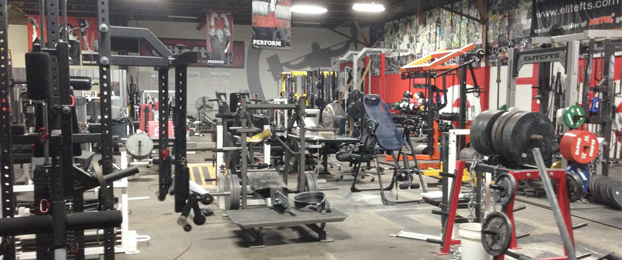
When I was four-years-old living in Long Island with my parents, my uncle ran into some hard times. He had just gone through a tough divorce at the age of only 23. My parents, also very young at the time, were blessed to have a large enough home with a spare bedroom for my uncle to stay in. In exchange for allowing him to stay at their home, they asked that he baby-sit me while they were at work.
Uncle Elroy was about 5’7” and 145 lbs of pure muscle, tendons, and strength. He and I would wake up after my parents had gone to work and watch “Channel 5 Kung Fu” with breakfast (if you grew up in New York City in the 80s, you’ll know what I’m talking about). Afterward, Uncle Elroy, who was a black belt in northern Shoulin Kung Fu, and I would go down into the dark, dusty basement, and as he called it, “train.”
He taught me how to climb ropes and do push-ups, sit-ups, and chin-ups when most kids my age were still pissing the bed. The basement had no training equipment, only a few wooden boxes, concrete blocks, and the house’s structural pillars that rose out of the ground. My uncle would beat his shins and forearms against these pillars in order to “toughen his skin.”
These are my very first memories of training. As I made my way through high school, my love for training continued to evolve, and additions were made to our “basement gym.” My father bought a power rack and about 600 lbs of plates so my little brother and I could continue our training and develop our young physiques. By then, my uncle had gotten back on his feet and was working again as a personal trainer in a “warehouse gym” located in Jersey City, over 100 miles from our home in Long Island. He frequently visited us and continued to teach my brother and I how to train with only the minimal equipment that we had.
After college, I continued to train in my basement as preparation for playing football. I decided to study exercise physiology in graduate school so as to increase my knowledge in my area of passion—training. However, it wasn’t very long before I realized that what was taught in university labs and classrooms had very little to do with training and much more to do with padding the egos of professors and administrators. They received great pleasure by complicating and bastardizing the simple yet ancient art of bodily exercise. Most of what they taught me was based on an aerobic model of fitness, which had become popular in the United States in the late 70s/early 80s. It had very little practical application for the athlete or for those training for strength, vitality, and vigor.
After dealing with deep inner turmoil and frustration, I decided that my best option was to quit graduate school and join the workforce as a personal trainer just like my uncle. A personal trainer is one who instructs others on the proper use of exercise and is knowledgeable in the application of fitness modalities. They typically work for a “health club,” where they solicit the business of often lazy, slothful, yet well to do individuals who believe that by hiring a fitness instructor somehow, probably by osmosis, they too will develop physical strength and the aesthetics associated with it.
More times than none, these “clients” showed up late to appointments, having just filled their fat guts with sausage sandwiches from Jack in the Box, and insisted that I “take it easy on them” because they had one too many cocktails the night before. What is even worse is that these so-called health clubs are designed to cater to the degenerate behavior displayed by its patrons. In fact, there was nothing healthy about the health club. It was just another modality for shallow people to continue adding to the daily delusion that they call “life.”
Having already quit graduate school based on the pretense of the administrators and professors, I was reluctant to retire from the health club and confused about where I would offer my services as a strength coach. In great agony about my future, I called upon my uncle, the man who helped raise me and sparked my passion for training several decades earlier. He reminded me of our battles and success with training in the dark, dirty basement of my parents’ home. He made it very clear to me that, like the old Shoulin monks, we only need very basic training materials as well as a positive and energetic environment to develop our and our students’ physical capacities.
This is where the seed of my very first “warehouse gym business” had been buried. Stay tuned for part two, where you’ll watch this seed germinate, take root, and become strength camp.
Elliott Hulse is a professional Strongman and strength coach who trains athletes to get super strong and fast in his warehouse gym with less than $1000 worth of equipment. Learn how you can escape the clutches of the fake fitness facade and rebel with your very own warehouse gym like Elliott did by visiting http://www.WarehouseGymBusiness.com.








